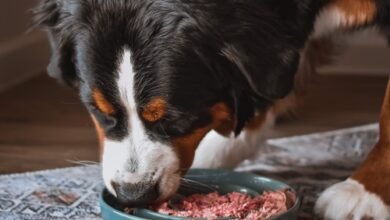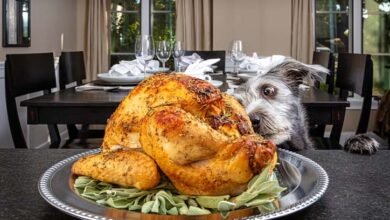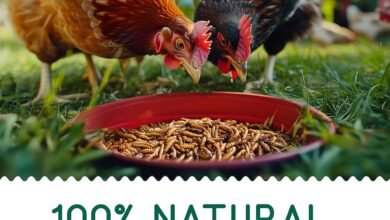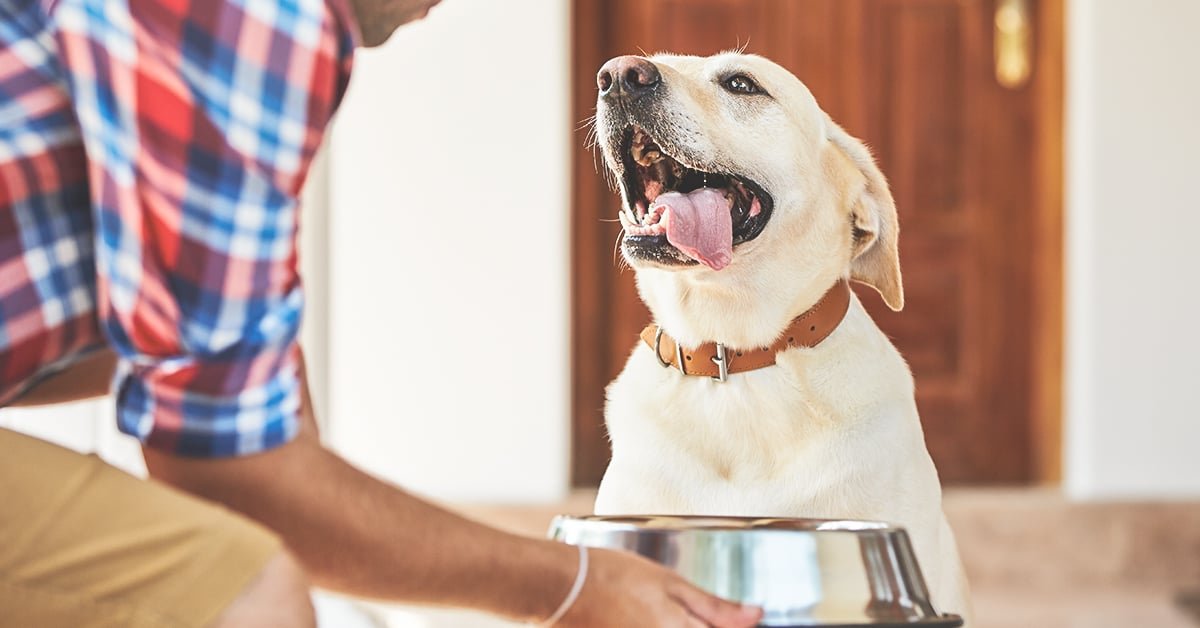
Pet food bowls are essential accessories for feeding your pets. They come in various materials, sizes, and designs to suit different needs.
Choosing the right pet food bowl contributes to your furry friend’s health and mealtime enjoyment. Stainless steel bowls offer durability and ease of cleaning, while ceramic and plastic options provide a wider range of styles and colors. Elevated food bowls can aid digestion and reduce strain for larger pets.
Remember to select a size appropriate for your pet’s breed and eating habits to ensure comfort and prevent spills. By considering factors such as non-slip features, ease of washing, and materials that resist bacteria, you can ensure a safe and hygienic dining experience for your pet. Invest in a high-quality pet food bowl that will stand the test of time and cater to your pet’s specific feeding requirements.
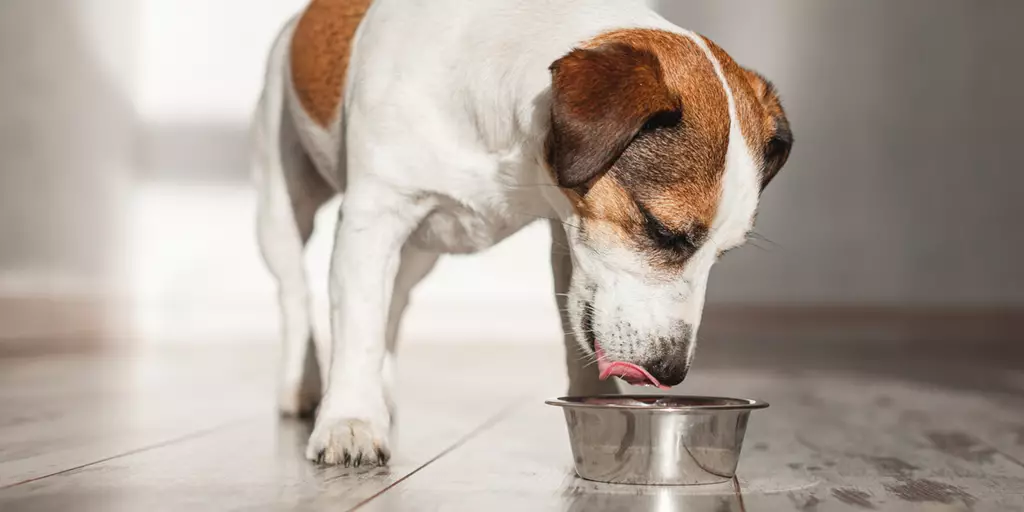
Credit: www.bil-jac.com
Essentials For Selecting Pet Food Bowls
Welcome to the world of pet care where every detail matters, including where your furry friends dine. Picking the right pet food bowl is key for their health and happiness. So let’s dive into the essentials of selecting the ideal bowl for your pet.
Material Matters: Safety And Durability
When choosing pet food bowls, safety is top priority. Here’s what to consider:
- Stainless Steel: Non-porous, dishwasher safe, and lasts long.
- Ceramic: Heavier to prevent tipping and can be decorated.
- Plastic: Light, inexpensive but replace regularly to avoid bacteria.
- Silicone: Flexible, good for travel, and cleans easily.
Tip: Check for a non-toxic label, ensuring your pet’s safety while they eat.
Size And Depth: Matching Your Pet’s Needs
The right size and depth make mealtime comfy for your pet. Here’s your quick guide:
| Pet Size | Bowl Size | Bowl Depth |
|---|---|---|
| Small Pets | Shallow | Less Depth |
| Medium Pets | Medium | Moderate Depth |
| Large Pets | Wide | More Depth |
Pick a bowl that matches your pet’s muzzle size. Big dogs need deeper bowls to prevent spillage. Small pets benefit from shallow bowls for easy access.
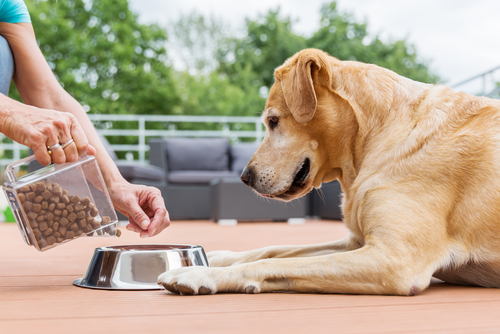
Credit: goodvets.com
The Pros And Cons Of Different Bowl Types
Choosing the right pet food bowl is important for your furry friend’s health and eating habits. From stainless steel to ceramic, and plastic to innovative designs, each bowl type offers unique advantages and drawbacks. Let’s dive into the distinctions to help you pick the best bowl for your pet.
Stainless Steel Vs. Ceramic
Stainless steel bowls are popular for being durable and easy to clean. They resist bacteria and don’t hold odors. However, they can be noisy and may skid across the floor. Ceramic bowls, on the other hand, are quieter and heavier, which prevents slipping. Yet, they can break if dropped, and may chip over time, harboring bacteria.
| Stainless Steel | Ceramic |
|---|---|
| Highly durable | Heavier, less skid-prone |
| Easy to clean | Quieter when used |
| May slide on floors | Can break or chip |
Plastic Options: Convenience Versus Risk
Plastic bowls are lightweight and often come in various shapes and colors. Their affordability makes them an attractive option. But, they can harbor bacteria in scratches and may contain harmful chemicals like BPA. It’s vital to choose BPA-free plastics and replace them regularly to ensure your pet’s safety.
- Lightweight and colorful
- Affordable
- Prone to scratching and bacteria
- Potential BPA exposure
Innovative Bowls: Slow Feeders And Puzzle Bowls
Slow feeder and puzzle bowls are designed to prevent fast eating and entertain your pet. Slow feeders can help reduce bloating and improve digestion. Puzzle bowls stimulate pets mentally, making mealtime fun. They may require more effort to clean, but the benefits for your pet’s health and happiness can be great.
- Reduces fast eating
- Enhances mental stimulation
- Makes mealtime fun
- May need extra cleaning
Design Features: Beyond The Basics
When it comes to pet care, every detail matters, including where your pet eats from. Beyond simple bowls, advanced design features serve both functional and health purposes for your furry friends. Let’s dive into some innovative design enhancements that transcend the basic pet food bowl.
H3 Heading for Non-Skid and Weighted Bowls
Non-skid And Weighted Bowls
Non-skid and weighted bowls bring an end to the mealtime mischief caused by sliding bowls. These bowls stay in place, thanks to their unique features:
- Rubber bases prevent sliding and flipping.
- Heavier materials offer stability and durability.
This design ensures less mess and a stress-free dining experience for your pet.
H3 Heading for Elevated Feeders: Comfort and Health Benefits
Elevated Feeders: Comfort And Health Benefits
Elevated feeders raise the bar for pet comfort and health. These feeders cater to your pet’s posture and digestive health. Benefits include:
| Comfort | Health |
|---|---|
| Eases neck strain | Improves digestion |
| Reduces joint stress | Prevents bloating |
By elevating the feeding position, pets can enjoy their meals without discomfort, promoting happier, healthier eating habits.
Hygiene And Maintenance: Keeping Bowls Clean
Cleaning your pet’s food bowl is crucial to avoid the buildup of bacteria. Just like humans, pets deserve clean dishes for their health. Pets can face stomach issues from dirty bowls. Let’s talk about how to keep those bowls sparkling clean.
Ease Of Cleaning: Material Considerations
Different materials require different cleaning methods. Here are the most common:
- Stainless Steel Bowls: Durable and resist bacteria.
- Ceramic Bowls: Heavy and stable, with a glaze that simplifies washing.
- Plastic Bowls: Light and affordable, but scratch easily, trapping germs.
- Automatic Feeders: Electronics involved, follow the manufacturer’s advice.
Dishwasher Safe Vs. Hand Wash: Time And Cleanliness
Choosing between dishwasher safe and hand wash affects cleaning time and effectiveness.
| Cleaning Method | Time Spent | Cleanliness Level |
|---|---|---|
| Dishwasher Safe | Less time, more convenience | High, as hot water and detergents sanitize well |
| Hand Wash | More time, manual scrubbing | Varies, thorough scrubbing required for best results |
Stainless steel and certain ceramics are dishwasher safe, offering ease and hygiene. For plastic bowls, hand washing with hot, soapy water is often best to reach nooks where bacteria hide.
Health Considerations When Choosing Bowls
When selecting a bowl for your furry friend, health is key. Pets eat every day, so their bowls become a central part of their well-being. Unfit bowls may cause health problems. It is vital to pick the right one.
Allergies And Plastic Sensitivities
Many pets have allergies. These can flare up due to certain materials. Plastic bowls often harbor allergens that irritate your pet.
Choose ceramic or stainless steel to avoid these risks. No plastic means no harmful chemicals. Your pet stays safe and itch-free.
Avoiding Bacteria And Acne: The Importance Of Cleanliness
Dirty bowls are bad news. They collect bacteria, leading to acne and infections. A clean bowl is a must. Stainless steel and glass are top picks for easy cleaning.
- Dishwasher-safe materials simplify cleaning.
- Avoid rough surfaces. Smooth interiors prevent bacterial growth.
A clean diet starts with a clean bowl. Regular washing keeps your pet healthy. Remember, a cared-for pet is a happy pet!
Shopping Smart For Pet Food Bowls
Choosing the right pet food bowl is vital for your furry friend’s health and happiness. A smart approach can ensure that you find a bowl that suits your pet’s needs perfectly. Consider factors like size, material, and ease of cleaning to make the best choice.
Product Reviews And Recommendations
Before buying a pet food bowl, always look for reviews. They offer real-world insights into how bowls stand up to daily use. Reviews cover factors like durability and stability, which are important for active pets.
- Stainless Steel Bowls: Durable and easy to clean.
- Ceramic Bowls: Heavy and stable with fun designs.
- Plastic Bowls: Affordable but replace more often.
Check out top picks from reputable pet sites and customer recommendations. They often highlight bowls with unique features, like non-slip bases or adjustable heights for comfort.
Cost Vs. Quality: When To Invest More
While budgeting is important, investing in quality can save money in the long run. Cheap bowls might crack or harbor bacteria, leading to health issues and more purchases.
| Material | Average Lifespan | Initial Cost |
|---|---|---|
| Plastic | 6-12 months | Low |
| Stainless Steel | 5+ years | Medium |
| Ceramic | 1-3 years | High |
Better materials like stainless steel may cost more upfront but are worth the investment. Choose wisely to ensure your pet’s safety and prevent frequent replacements.

Credit: moderndogmagazine.com
Frequently Asked Questions On Pet Food Bowls
What Is The Best Food Bowl For Dogs?
The best dog food bowl is a stainless steel, non-slip, and size-appropriate model. They’re durable, resist bacteria, and are easy to clean.
What Is The Best Material For A Pet Food Bowl?
The best material for a pet food bowl is stainless steel. It’s durable, easy to clean, and resists bacteria growth. Ceramic options are also good, provided they’re lead-free and glazed.
What Bowl Is Best For Pets?
Stainless steel bowls are best for pets; they’re durable, easy to clean, and non-porous, minimizing bacteria growth.
Are Elevated Bowls Good For Pets?
Elevated bowls can reduce strain for dogs with arthritis or mobility issues. They also keep feeding areas cleaner. However, they may increase the risk of bloat in large breeds. Always consult a vet to determine if they are suitable for your pet.
Conclusion
Selecting the right pet food bowl goes beyond design and color. Your pet’s health and eating habits matter. Stainless steel, ceramic, or plastic—choose wisely for your furry friend’s wellbeing. Remember, cleanliness is key to avoiding bacteria. A suitable bowl enriches your pet’s dining experience.
Make the choice that ensures their comfort and health every mealtime.
